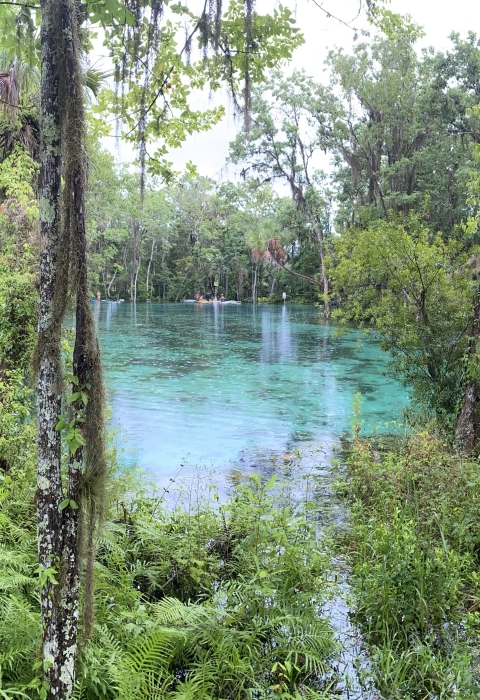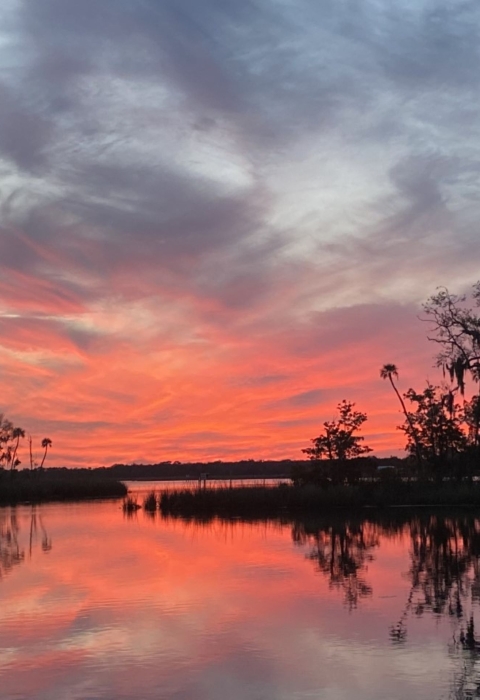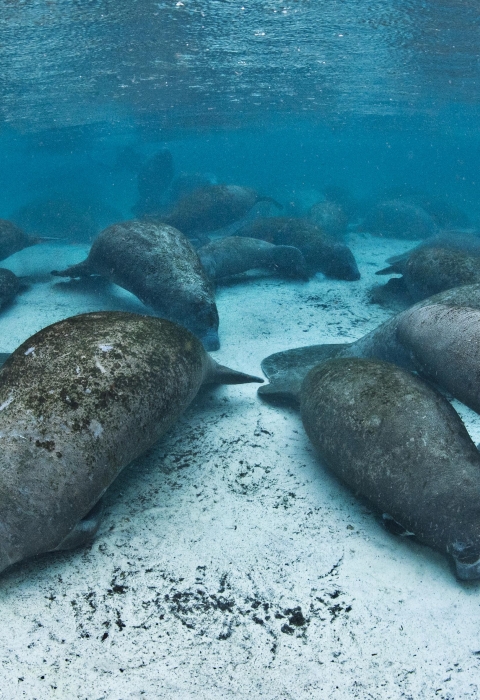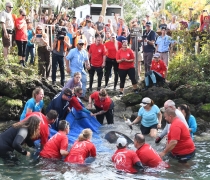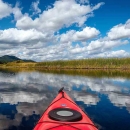Location and Contact Information
About Us
Crystal River National Wildlife Refuge, established in 1983, is the only refuge created specifically for the protection of the threatened Florida manatee, a subspecies of the West Indian manatee. This unique refuge preserves Three Sisters Springs, the last unspoiled and undeveloped spring habitat in Kings Bay.
What We Do
Crystal River National Wildlife Refuge establishes and maintains critical winter habitat for the Florida manatee, and protects island habitat necessary for migratory and shore birds.
Our Organization
Refuge Purpose
Each unit of the National Wildlife Refuge System is established to serve a statutory purpose that targets the conservation of native species dependent on its lands and waters. All activities on those acres are reviewed for compatibility with this statutory purpose.
The purpose of the refuge is as follows:
- To protect threatened and endangered species, especially the West Indian manatee.
- To provide fish and wildlife-oriented recreational opportunities.
- To protect natural resources.
- To conserve endangered and threatened species.
Our Species
The Florida manatee (Trichechus manatus latirostris) is a subspecies of the West Indian manatee (Trichechus manatus manatus).
Get Involved
Whether you want to further conservation, learn more about nature or share your love of the outdoors, you’ve come to the right place. National wildlife refuges provide many opportunities for you to help your community and fish and wildlife by doing what you love.
National wildlife refuges partner with volunteers, youth groups, landowners, neighbors and residents of urban and coastal communities to make a lasting difference.
Find out how you can help make American lands healthier and communities stronger while doing something personally satisfying.
Projects and Research
- Manatee Protection – The refuge staff is in charge of setting up, monitoring and enforcing seven manatee sanctuaries.
- Visitor Services – In addition to managing over 400,000 visitors on the water, the refuge also provides land-based activities. With the acquisition of Three Sister Springs, wildlife observation and photography, interpretation and environmental education have become top priorities for the refuge.
- Manatee Rescues - Assisting injured and orphaned manatees is another major role the refuge staff plays in Kings Bay year-round.
- Bird Survey - The refuge performs an annual bird count in early January, and provides bluebird nesting boxes around the Three Sisters Springs property.
- Manatee Survey - Staff biologists fly over the Kings Bay area monthly to count manatees.
- Manatee Health Assessment - Historically, the refuge has partnered with agencies to capture manatees for health assessments. Data acquired during assessments provides crucial information about manatee health and habits and allows researchers to gain a deeper understanding of the species.
- Carrying Compacity Study - Three Sisters Springs received large numbers of visitors over the last two years. The refuge is now conducting a study counting visitors, measuring turbidity, nitrogen and phosphorus in the springs during selected times of the summer.
